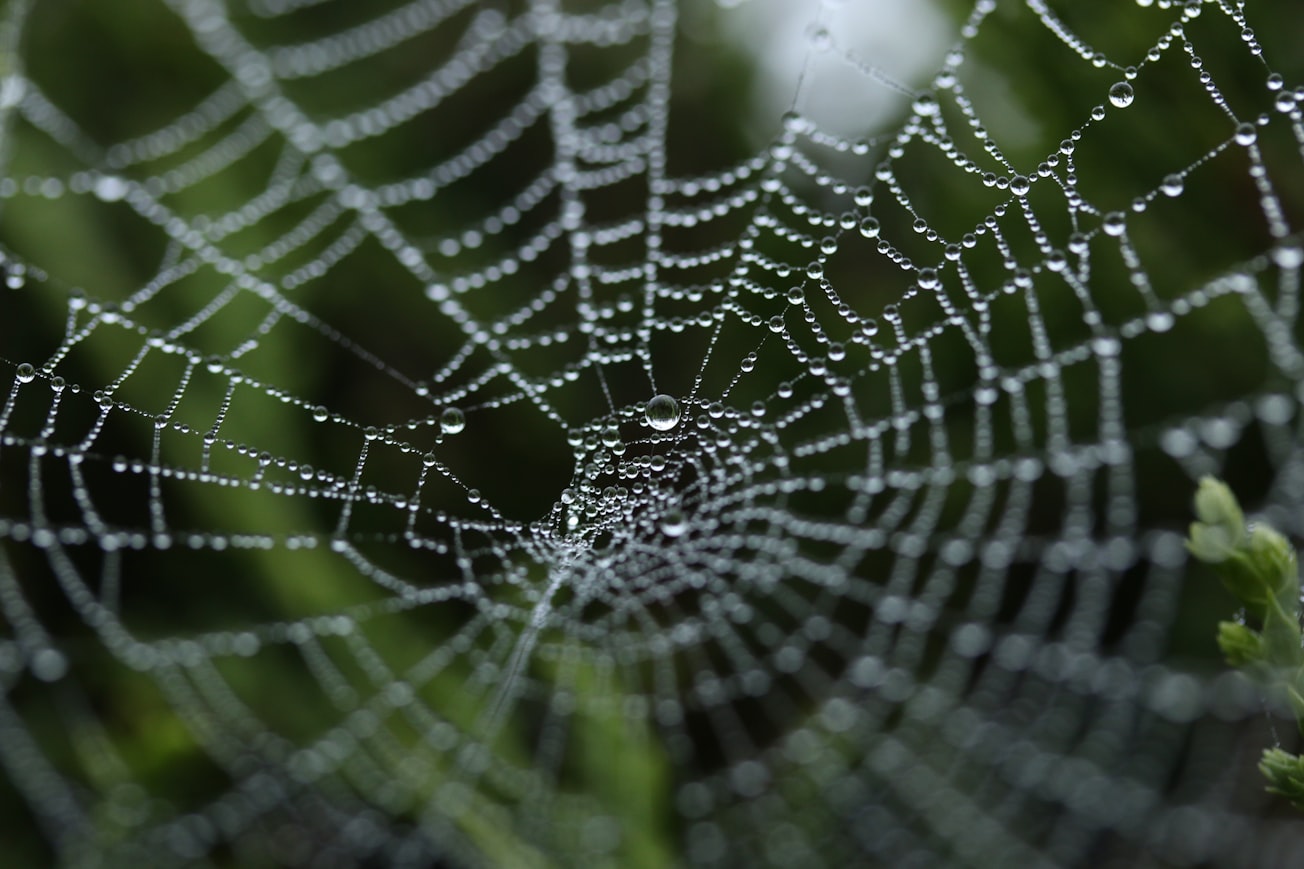What is it about?
Conjugate addition to unreactive substrates such as unsaturated amides, alkenyl heterocycles or carboxylic acids can be performed when Lewis acids are used as additives. Lewis acids such trimethylsilyl triflate or boron trifluoride etherate are efficient in promoting these conjugate additions. These protocols are compatible with one-pot electrophilic trapping of the resulting enolates using carbenium ions, activate alkenes or bromine as electrophiles.
Featured Image

Photo by michael podger on Unsplash
Why is it important?
Ability to build complex chiral molecules is important for synthesis of drugs, crop protection agents, or advanced materials. Furthermore, reduction of synthesic and purification operations is crutial also from a green chemistry perspective. Combination of asymmetric conjugate addition with enolate trapping achieves this goal. I addition, our work shows that Lewis acid mediated conjugate additions to unreactive, but synthetically highly relevant Michael acceptors can be blended with carbocations and thus afford densely functionalized chiral compounds.
Perspectives
This paper is the results of our collaboration with the lab of professor Syuzi Harutyunyan. It builds upon Harutyunyan´s experties in Lewis acid promoted conjugate additions and our knowledge in enolate trappings.
Professor Radovan Sebesta
Comenius University in Bratislava
Read the Original
This page is a summary of: Trapping of chiral enolates generated by Lewis acid promoted conjugate addition of Grignard reagents to unreactive Michael acceptors by various electrophiles, Chemical Communications, January 2019, Royal Society of Chemistry,
DOI: 10.1039/c9cc05041h.
You can read the full text:
Contributors
The following have contributed to this page







